 Meet Anna. She’s in recovery, she works full-time, her children and her friends are important to her, and she tries to exercise and take care of herself. Juggling between all these roles is hard, and she feels overwhelmed and stressed regularly. She knows that something needs to change, but she doesn’t know where to start.
Meet Anna. She’s in recovery, she works full-time, her children and her friends are important to her, and she tries to exercise and take care of herself. Juggling between all these roles is hard, and she feels overwhelmed and stressed regularly. She knows that something needs to change, but she doesn’t know where to start.
Anna is not alone. I often meet people who cannot maintain long-term abstinence because life feels crazy to them. They experience what the Big Book calls: “The unmanageability of life”.
There many tips and techniques that I can share with you to help you turn chaos into balance. We can talk about scheduling, time management, planning ahead, batch cooking, changing your thinking, and many other ways to take charge of your life. But you might end up feeling more overwhelmed if I wrote a long list of ideas. That’s why I’m not going to do that. Instead, I’m going to share 2 specific ways to help you better manage your life.
When you feel overwhelmed and you don’t know where to start, go back to the basics. Focus on only two things:
- Getting enough hours of good sleep.
- Creating a morning routine to help you start your day on a positive note.
Let me elaborate on these ideas a little bit. Having enough sleep is important because your body needs to be well-rested enough to deal with the demands of life. Arrange your schedule in a way that allows you to peacefully transition into a good night’s sleep. Read this article to get more ideas on improving your sleep.
Now let’s talk about creating a morning routine. It might be the opposite of what makes sense for you. You wake up in the morning knowing that your day is full: you want to get to work on time, so how are you going to add something to your already busy morning?
It might sound like a paradox, but it’s not. If you take just 15 minutes every morning to “switch gears” and gradually transition into your day, it can change the way you feel all day long.
Remember Anna? She was rushing to start her day, and by the time she got to her office her stress level was already at 8 (on a scale of 1-10). Anna was willing to try something new for 2 weeks. She went to bed earlier and she woke up 20 minutes earlier than normal. She spent 15 minutes every morning listening to a guided meditation, praying, and planning her day. In order to make this happen, she created new habits that helped make her mornings more relaxed. For example, she packed her lunch and made basic preparations for breakfast the night before. She also chose what to wear the night before. Getting organized in the evening allowed her to be calmer in the morning.
Creating a morning ritual not only helps you start your day more at peace, it actually helps you feel centered and grounded, and as a result you operate less from a reactionary mode throughout your day and you remember to pause and access recovery tools as challenges arise.
As Louise Hay says: “How you start your day is how you live your day.”
Spend some time reflecting on your current morning and evening habits and make small changes, one change at a time, to create more supportive routines. Why small changes? Because when you start small you can build your success based on your small successes. When you start big, you might get overwhelmed.
If you want to bring some sanity into the insanity of life and you don’t know where to start, go back to the basics. Make changes so you can sleep better at night and create a morning routine to help you start your day with balance.
Remember that just like the sun rises fresh every morning, you too can start fresh and set the tone for a positive, balanced day.
If you have any questions contact us at info@kaysheppard.com
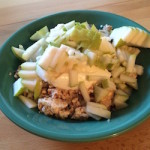


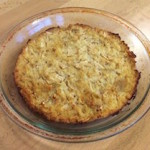
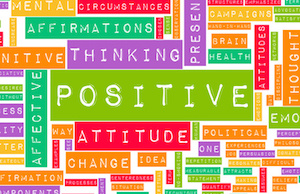 Managing our emotions is key in staying strong in our recovery. While other people might be okay taking the risk of living in negativity, we who suffer from food addiction might risk our recovery if we allow our emotions to control us.
Managing our emotions is key in staying strong in our recovery. While other people might be okay taking the risk of living in negativity, we who suffer from food addiction might risk our recovery if we allow our emotions to control us.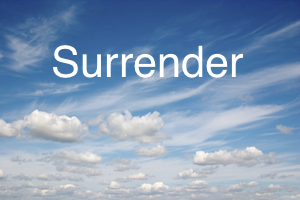 Recovery starts with surrender to the fact that binge food will always have control over us. We are ready to surrender when we accept that we have no power over our eating and recovery is the only alternative we have.
Recovery starts with surrender to the fact that binge food will always have control over us. We are ready to surrender when we accept that we have no power over our eating and recovery is the only alternative we have.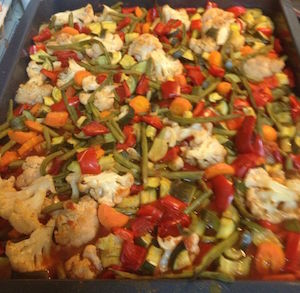 Variety is important in our food plan and when you add colors to your “vegetable palate” you invite balance into your life. Take advantage of your local farmers market and load up on a rainbow of fresh flavor and health! Make a big dish of cooked vegetables, keep it in the fridge and measure 2 cups daily.
Variety is important in our food plan and when you add colors to your “vegetable palate” you invite balance into your life. Take advantage of your local farmers market and load up on a rainbow of fresh flavor and health! Make a big dish of cooked vegetables, keep it in the fridge and measure 2 cups daily.